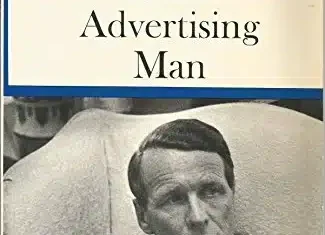The title of this post may be a little confusing, but spelled out it’s:
Present (“pre-sent”, like giving a presentation) or be present (“pres-ent”, like being active in the room).
In many cases, those are two different things. If you have an important presentation to give, you may often distance yourself from those in the room by staying inside of your head. In a recent episode of the “2Bobs” podcast, Blair Enns shares how this can impact a sales presentation where the seller is just driving forward without taking the time to listen and respond:
“I just think of listening to a podcast interview where the interviewer asks a very good question and gets the beginnings of a great answer from the guest. Then you want them to pull on that thread and go deep, and they don’t, they go to the next question… That could have been a 20-minute conversation about their need state, about an objection you need to overcome, about something big that’s going on in their lives. I explain it as being present or presenting, and it’s one of my fondest lines that I’ve authored is you can present to people or you can be present to them. You cannot do both.”
Unpacking it further, he says:
“When you go into presentation mode, you are no longer present. Advisor you, expert you, you are present to your clients. You are good at listening. You are good at asking questions. You are good at creating space to let them talk. Salesperson you does none of that.”
Whether it’s a podcast interview, a sales conversation, or anything else, it can be tough to wear both hats at once but it’s critical to success. Salespeople have much better rates of success when they can stay present and ask great follow-up questions, and we all know that the best podcast interviews are able to pull at interesting threads and dig deep on them.
Depending on the situation I can certainly sometimes go a bit too much into “presentation mode”, but working to stay in more of a true “conversation mode” will always yield better results.




